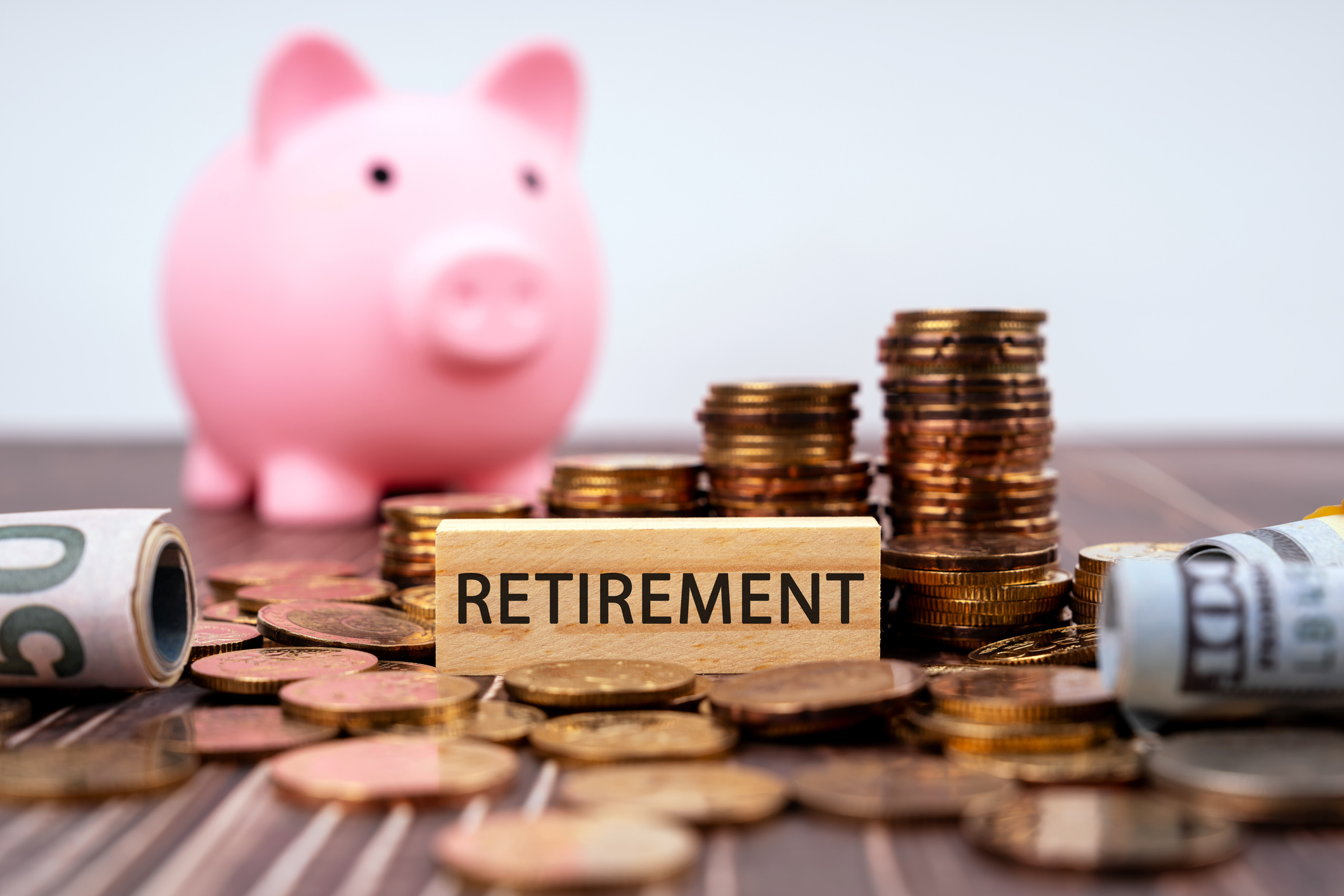4 Best Cheap Funds to Invest in Now
Expenses really do matter. As a group, mutual funds with low fees outpace those that charge a lot.

In investing, you really don’t get what you pay for. You could throw a dart blindfolded at a list of low-fee mutual funds and probably do better than you could by investing in a carefully chosen high-priced fund.
Higher-cost funds lag lower-cost funds with remarkable consistency. That’s the conclusion of a recently released study by Morningstar that measured the performance of higher-cost funds against lower-cost funds. A fund’s “expense ratio is the most proven predictor of future returns,” says Russel Kinnel, director of fund research at Morningstar. “Investors should make expense ratios their first or second screen.”
For the study, Morningstar grouped funds by categories, such as domestic stock, foreign stock, balanced and taxable and tax-exempt bonds, and then divided the funds in each category into quintiles by expense ratio. Morningstar then examined returns for the five-year period that ended December 31, 2015, the four-year period that ended on that date and so on. In each category, the cheapest quintile produced the best returns. For example, looking at all U.S. stock funds over five years, 62% of the cheapest quintile funds—that is, the 20% of funds with the lowest expense ratios—beat the average U.S. stock fund. Just 48% of the U.S. stock funds in the second quintile bested their average peer, and only 20% of the 20% of funds with the highest costs delivered above-average returns.
From just $107.88 $24.99 for Kiplinger Personal Finance
Become a smarter, better informed investor. Subscribe from just $107.88 $24.99, plus get up to 4 Special Issues

Sign up for Kiplinger’s Free Newsletters
Profit and prosper with the best of expert advice on investing, taxes, retirement, personal finance and more - straight to your e-mail.
Profit and prosper with the best of expert advice - straight to your e-mail.
Morningstar also crunched the numbers for me on domestic and foreign stock funds, as well as taxable and tax-free bond funds over the past one, three, five, 10 and 15 years through April 30. I defined cheap funds as those charging 0.50% annually or less; the next cheapest, those charging 0.51% to 1.00% per year; the third group, funds charging 1.01% to 1.50% annually; and the highest-priced funds as those charging more than 1.50% a year.
Again the returns were incredibly consistent. Cheapest beat next cheapest in every category over virtually every time period.
None of this is to say that you should simply close your eyes and invest in the cheapest funds. Savvy investors consider myriad other factors. Below are my four favorite low-cost mutual funds. If you prefer exchange-traded funds, there are ETF versions available for two of my picks. ETFs weren't included in either study.
The eight managers of Dodge & Cox Stock (symbol DODGX), with annual expenses of 0.52%, are unabashed value investors, focusing on stocks that are cheap in relation to earnings, book value (assets minus liabilities) and other measures. As a result, the fund typically invests in companies with visible warts; currently, it has 25% of assets stashed in beaten-down financials, such as Bank of America, JPMorgan Chase and Wells Fargo. The managers are patient, holding stocks for more than five years, on average. Recent returns are punk: The fund has trailed Standard & Poor’s 500-stock index by an average of 2.4 percentage points annually over the past three years. But over that same span, Dodge & Cox has topped the average large-company value fund by an average of 0.9 percentage point per year. Value stocks have been in the doghouse for most of the past 10 years; that makes this a good time to invest in those stocks and funds, such as Dodge & Cox, that specialize in them. (All returns in this article are through May 11 unless otherwise noted.)
Primecap Odyssey Stock (POSKX), with expenses of 0.65%, is the most conservative offering from Primecap, a first-rate Los Angeles–based firm that focuses on growth stocks. More than 50% of the fund is in health care and technology. Because both sectors have struggled this year, Odyssey Stock has lost 1.5% year-to-date, compared with a 1.8% gain for the S&P 500. But over the past 10 years, the fund has beaten the S&P by an average of 0.4 percentage point per year.
Over the long haul, dividend-paying stocks have beaten those that do not pay dividends. Vanguard High Dividend Yield Index ETF (VYM) is a terrific way to invest in the former category. It boasts an expense ratio of just 0.09% and yields 3.2%. The ETF tracks an index that contains more than 400 companies, most of them large. The index weights stocks on the basis of both dividend yield and market capitalization (share price times number of shares outstanding). Over the past five years, the ETF has beaten the S&P by an average of 0.9 percentage point per year. What’s more, the ETF was 13% less volatile than the benchmark over that stretch. Vanguard offers the same strategy in a mutual fund version, but its expenses, at 0.16%, are slightly higher. The mutual fund is Vanguard High Dividend Yield Index (VHDYX).
No less an authority on investing than Warren Buffett is a big fan of Vanguard S&P 500 ETF (VOO), with expenses of just 0.05%, and its mutual fund twins, Vanguard 500 Index (VFINX), which charges 0.16% and requires $3,000 to start, and 500’s Admiral share class (VFIAX), which charges the same as the ETF but requires a $10,000 minimum investment. Both have done a nearly flawless job of mirroring the S&P 500 minus their expense ratios. The venerated S&P index tracks roughly 500 stocks of large and midsize companies. The stocks in the index are weighted by market cap, so large companies dominate the index. Buffett has a long-standing bet that the Vanguard index fund will beat a carefully selected group of high-priced hedge funds—a bet he is winning by a huge margin.
Steve Goldberg is an investment adviser in the Washington, D.C., area.
Profit and prosper with the best of Kiplinger's advice on investing, taxes, retirement, personal finance and much more. Delivered daily. Enter your email in the box and click Sign Me Up.

-
 States That Tax Social Security Benefits in 2026
States That Tax Social Security Benefits in 2026Retirement Tax Not all retirees who live in states that tax Social Security benefits have to pay state income taxes. Will your benefits be taxed?
-
 QUIZ: What Type Of Retirement Spender Are You?
QUIZ: What Type Of Retirement Spender Are You?Quiz What is your retirement spending style? Find out with this quick quiz.
-
 How to Avoid the Financial Quicksand of Early Retirement Losses
How to Avoid the Financial Quicksand of Early Retirement LossesSequence of returns — experiencing losses early on — can quickly deplete your savings, highlighting the need for strategies that prioritize income stability.
-
 What Fed Rate Cuts Mean For Fixed-Income Investors
What Fed Rate Cuts Mean For Fixed-Income InvestorsThe Fed's rate-cutting campaign has the fixed-income market set for an encore of Q4 2024.
-
 The Most Tax-Friendly States for Investing in 2025 (Hint: There Are Two)
The Most Tax-Friendly States for Investing in 2025 (Hint: There Are Two)State Taxes Living in one of these places could lower your 2025 investment taxes — especially if you invest in real estate.
-
 The Final Countdown for Retirees with Investment Income
The Final Countdown for Retirees with Investment IncomeRetirement Tax Don’t assume Social Security withholding is enough. Some retirement income may require a quarterly estimated tax payment by the September 15 deadline.
-
 How Inflation, Deflation and Other 'Flations' Impact Your Stock Portfolio
How Inflation, Deflation and Other 'Flations' Impact Your Stock PortfolioThere are five different types of "flations" that not only impact the economy, but also your investment returns. Here's how to adjust your portfolio for each one.
-
 Why I Still Won't Buy Gold: Glassman
Why I Still Won't Buy Gold: GlassmanOne reason I won't buy gold is because while stocks rise briskly over time – not every month or year, but certainly every decade – gold does not.
-
 Should You Use a 25x4 Portfolio Allocation?
Should You Use a 25x4 Portfolio Allocation?The 25x4 portfolio is supposed to be the new 60/40. Should you bite?
-
 Retirement Income Funds to Keep Cash Flowing In Your Golden Years
Retirement Income Funds to Keep Cash Flowing In Your Golden YearsRetirement income funds are designed to generate a reliable cash payout for retirees. Here are a few we like.
-
 10 2024 Stock Picks From An Investing Expert
10 2024 Stock Picks From An Investing ExpertThese 2024 stock picks have the potential to beat the market over the next 12 months.